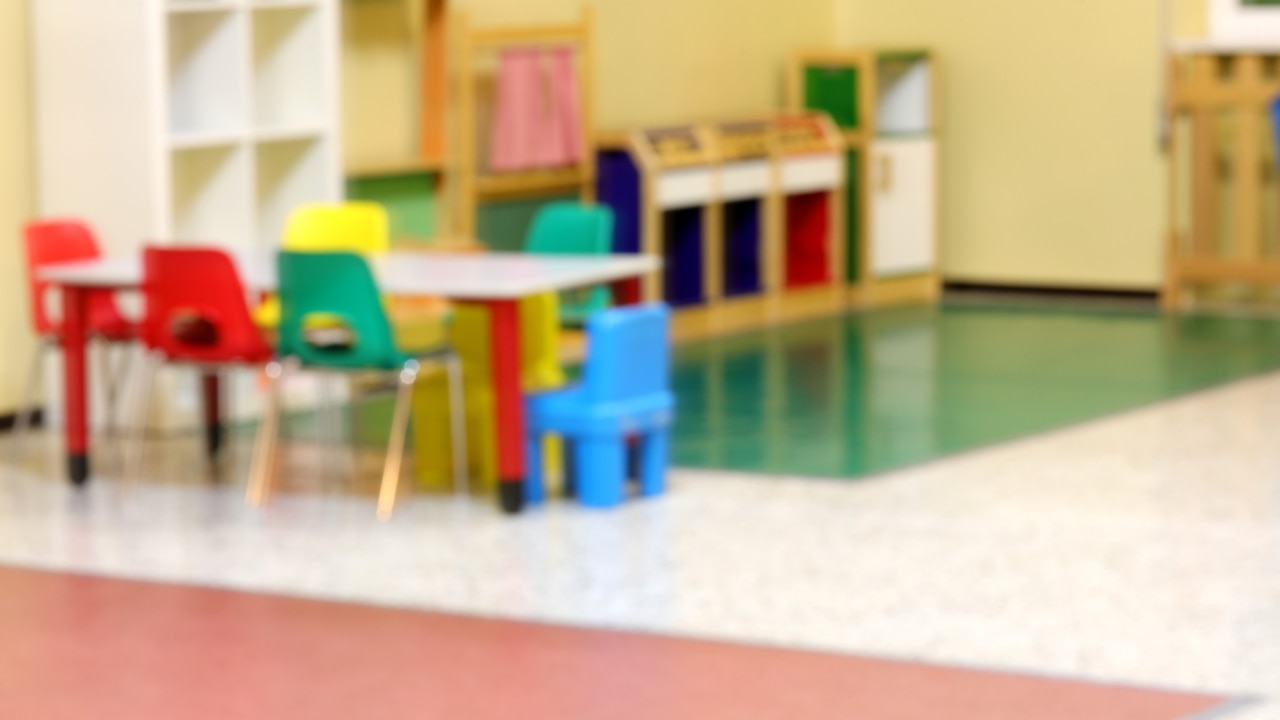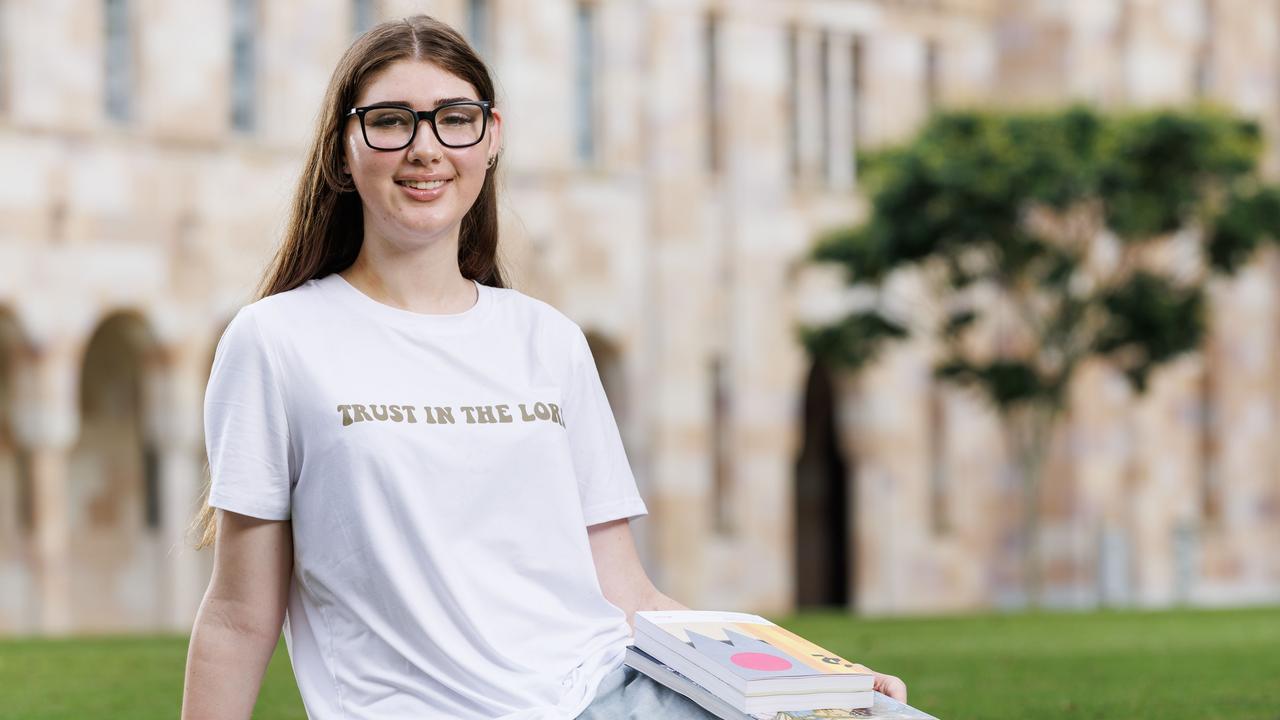Queensland schools data reveals enrolment trends in state, Catholic and private sectors
New data on Catholic, state and private school enrolments reveals where more Queensland parents are sending their children. SEE THE ENROLMENT DATA

Schools Hub
Don't miss out on the headlines from Schools Hub. Followed categories will be added to My News.
As private schools go from strength to strength, Queensland state school enrolment numbers are crashing due to the low birth rate in 2017, homeschool popularity and interstate migration.
Samford Valley Steiner School, an independent school offering Prep-Year 12, has experienced significant growth, so much so they have this year opened six new classrooms.
“We are growing the school from the bottom up,” enrolments manager Joan Weir said.
“I’ve seen the migration trends (with the school’s enrolments), particularly out of Victoria.”

From 2018-2020, state school enrolments increased on average 10,000 ayear. But this growth slowed in 2021 and decreased by almost 4000 in 2022.
From 2018-2022, secondary enrolments have continued to increase, but primary enrolments have shrunk since 2019, with the decline becoming sharper every year.
Education Minister Grace Grace said Covid-related international and state border closures in place until the end of 2021 created a lag in new enrolments.
“We have also seen a rise in home schooling as some families chose to keep vulnerable children at home during a health pandemic,” she said.
“There were also one-off factors like the fact that back in 2017 Queensland had a lower birthrate than usual, which has flowed through now in lower numbers starting prep in 2022.”
Independent school enrolments climbed by 4.8 per cent in 2020-21, which was a 10-year high, and followed this up with a 4.1 per cent jump in 2021-22.
Independent Schools Queensland chief executive Chris Mountford said enrolments were at all-time high across the sector.
“A key factor in this growth over recent years is the increase in in-migration to the sector throughout the pandemic. This could be students coming from interstate, overseas, or the state or catholic sectors,” he said.
“From 2019–2022, net in-migration enrolments at Queensland independent schools jumped, on average, about 50 per cent to 4350 students.”
The Catholic sector enjoyed consistent growth in the past five years, boosting enrolment numbers by more than 10,000 in total, at a yearly average of 1.2 per cent.
“Nine new Catholic schools have opened in Queensland since 2018 to meet the demand in high-growth areas,” Queensland Catholic Education Commission executive director Dr Lee-Anne Perry said.
“These schools have been in high demand with initial enrolments exceeding expectations and, in some cases, requiring additional classes to be offered.”
From 2018-2022, the number of state schools in Queensland grew from 1240 to 1258.
The state government plans to build 11 new state schools in 2023-24 – including five in Ipswich, three in Logan, one on the Sunshine Coast and one in Redland City.
Another five are set for 2025-26 in Caboolture West in Moreton Bay, Caloundra South on the Sunshine Coast, Ripley Valley in Ipswich, and Greater Flagstone and Bahrs Scrub in Logan.
Ms Grace said the South East (Logan and Gold Coast areas) and Metropolitan (Brisbane, Ipswich and Somerset areas) education regions were a focus based on population growth.
“The majority of new schools due to be opened are in these regions, and it’s clear to see the schools we’ve already opened were needed,” she said.
“Pimpama was named as the fastest growing area in Australia outside of a capital city, and that community is served by the new Gainsborough State School.
“Stage 2 of Yarrabila State School was brought forward from 2020 to 2019 to accommodate the rising number of enrolments.”
However, shadow Education Minister Dr Christian Rowan said the state government had not aligned its new schools with population growth and the funding was not appropriate.
“Under the Palaszczuk Labor Government, countless projects haven’t been delivered on time or on budget and Queenslanders are continuing to pay the price,” he said.




